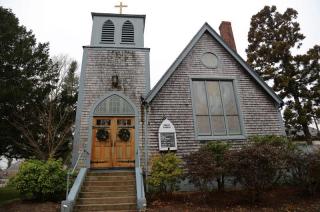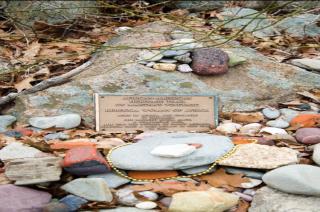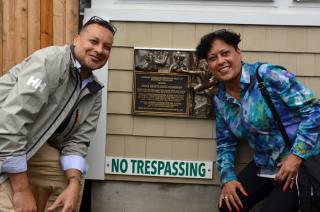African American Heritage Trail
2018
The Grace Episcopal Church in Vineyard Haven is set to become the newest site on the African American Heritage Trail of Martha’s Vineyard.
2017
Family, friends, and neighbors gathered Friday in Oak Bluffs to dedicate the home of Anne P. Jennings as the newest site on the African American Heritage Trail of Martha's Vineyard.
The African American Heritage Trail of Martha’s Vineyard will dedicate its 27th site on Friday Nov. 24.
The African American Heritage Trail of Martha’s Vineyard has united communities and augmented the rich fabric of the Island’s history.
2015
A group of residents and visitors gathered on Dukes County Avenue Sunday to commemorate the life and legacy of Emma Chambers Maitland, a woman of many talents, by marking her home as the 26th site on the African American Heritage Trail.
2014
The African American Heritage Trail field trip is a staple of the high school's history curriculum. This year, the high school's new principal joined teacher Elaine Weintraub and her freshman students for the tour of Island history.






